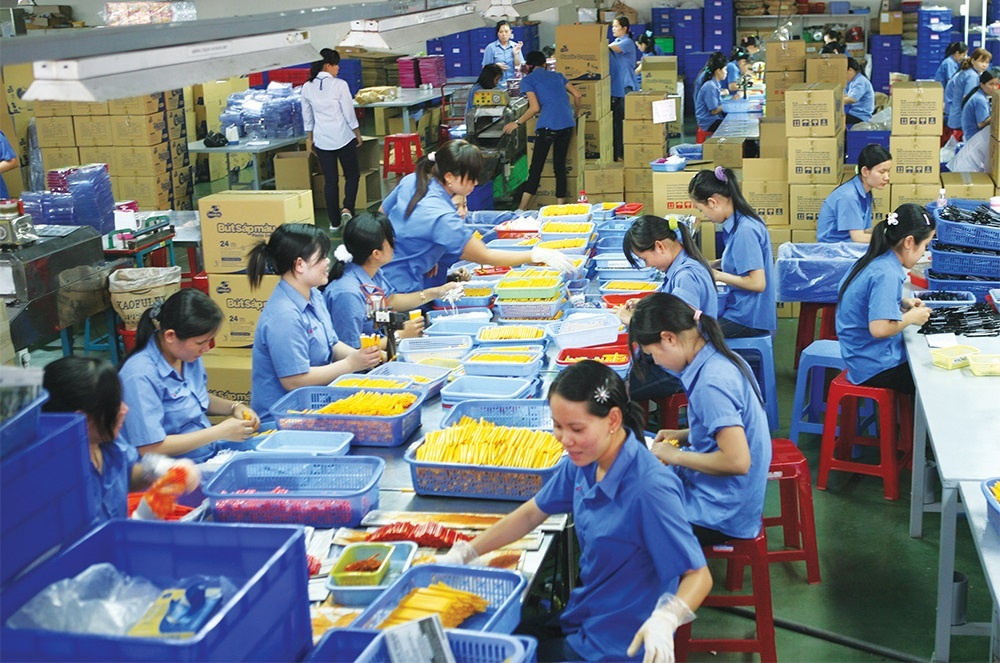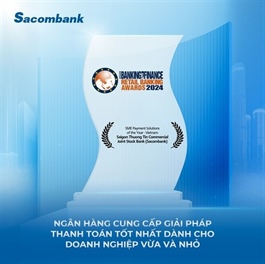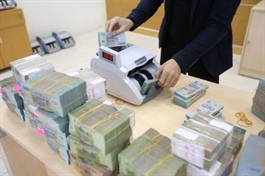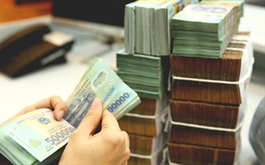VIB posts profits of $182 million in 2024 so far
VIB posts profits of $182 million in 2024 so far
Vietnam International Bank (VIB) announced its business results for the first half of 2024, with total operating income surpassing $409 million, a slight rise compared to the same period last year.
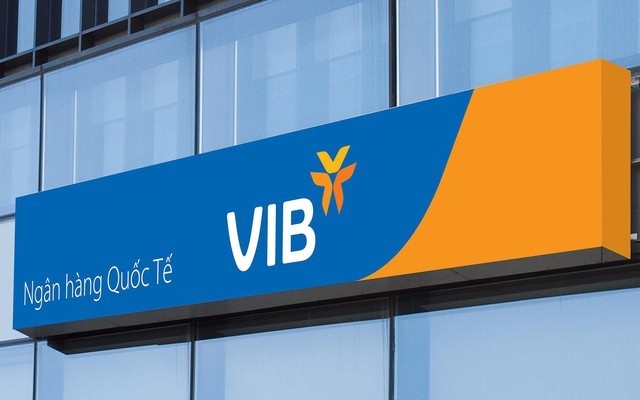
Deposits and credit growth were recorded at 5 per cent, aligning with the industry average, while pre-tax profit reached $181.9 million, corresponding to a return on equity of 21 per cent, positioning among the top in the industry.
VIB has also completed a 12.5 per cent cash dividend payment and plans to distribute a 17 per cent stock dividend to current shareholders along with more than 11 million ESOP shares to employees in Q3.
As of June 30, VIB's total assets exceeded $17 billion, marking a 5 per cent increase from the beginning of the year. Deposits grew by 5 per cent, outpacing the banking sector's average of 1.5 per cent. Credit growth as of the end of Q2 reached nearly $11 billion, up 5 per cent from the start of the year, across the four key segments of retail, corporate clients, small- and medium-sized enterprises, and financial institutions.
Credit growth has been recovering, with a 1 per cent increase in Q1 and a 4 per cent rise in Q2, driven by optimising the cost of capital, reducing lending rates, and introducing innovative and competitive retail products, supporting growth momentum for the second half of the year.
As one of the highest-ranked banks by the State Bank of Vietnam, VIB has been granted a top highest lending limit, exceeding 16 per cent for 2024. VIB currently has one of the highest remaining credit growth capacities in the industry for the second half of the year.
Amid improving but still weak credit demand, VIB maintains a prudent strategy, balancing growth target with credit quality and operational efficiency. In addition to positive credit growth compared to the same period last year, VIB’s asset quality has improved, with the non-performing loan ratio stable at 2.4 per cent. Group 2 loans decreased by nearly $114.7 million in Q2, down 17 per cent from the beginning of the year.
VIB continues to have one of the lowest credit concentration risks in the market, with retail loans making up over 82 per cent of the total loan portfolio, of which over 90 per cent are secured by real estate with full legal documentation and good liquidity.
VIB also has one of the lowest corporate bond investment balances in the industry, accounting for only 0.2 per cent of total credit. All bonds are in manufacturing, trading, and consumer sectors. For over four years, VIB has had zero credit balance in build-operate-transfer schemes, renewable energy credit, corporate bond guarantees, and real estate bond investments.
VIB has one of the lowest levels of receivables for interest and fees, at around $102.8 million, down 28 per cent from the end of 2023, accounting for only 0.6 per cent of total assets, compared to 1-2 per cent for many banks, with some as high as 3 per cent.
In the first six months of the year, VIB achieved a total revenue of $415.3 million, growing 1 per cent compared to the same period last year, with net interest income down 8 per cent and non-interest income up 50 per cent. Focusing on high-quality customers with good collateral and introducing competitive retail products led to a slight decrease in the net interest margin, although the bank maintained a positive margin at 4.2 per cent.
Non-interest income reached nearly $94.9 million, contributing 22 per cent to total revenue. Income from write-off recovery contributed $19.8 million, a 2.7-fold increase year-over-year, while foreign exchange activities added $13 million. Fee income grew 9 per cent, primarily driven by credit cards and bancassurance.
The number of credit cards in circulation surpassed 750,000, with credit card spending hitting a new record of nearly $2.4 billion in the first half of the year, up 42 per cent year-over-year.
Operating expenses increased by 16 per cent compared to the same period last year, due to investments in personnel, new branches, technology, digital banking, and marketing. The bank's cost-to-income ratio averaged 32 per cent over the past 12 months, expected to trend down by the end of 2024 as cost optimisation initiatives are implemented.
In the first half of the year, the lender continued to increase its provision buffer, with average quarterly risk provisioning of about $39.6 million, up 36 per cent compared to the first half of 2023 but down 38 per cent compared to the second half of 2023.



